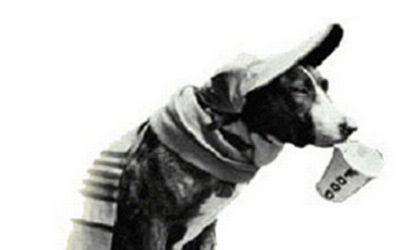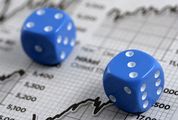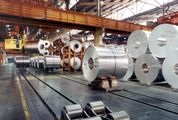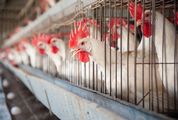IN HIS book, Misbehaving: The Making of Behavioural Economics, Richard Thaler discusses a stock market experiment in which some subjects see their results eight times more often than others.
"As predicted by myopic loss aversion," says Thaler, "those who saw their results more often were more cautious — putting only 41% of their money into stocks, while those who saw the results less often invested 70% in stocks".
Actual gains and losses, on the other hand, follow something of a reverse loss-aversion ratio. Losses hurt twice as much as gains make us feel good, but gains outweigh losses by a factor of two-to-one.
Ben Carlson, of A Wealth of Common Sense blog, cites these two things as the reason most investor mistakes occur during bear markets: "One of the biggest reasons for this is because of the speed in which markets fall. When markets rise in an orderly manner, investors become lulled into a false sense of security. Volatility is typically far lower and investors start to believe that risk has been extinguished. The painful reminders that this isn’t the case come quickly and often without warning. No one pays much attention to the markets when they’re rising because the gains tend to come in dribs and drabs. But when they reverse course, the losses happen in rapid succession and everyone starts paying attention again. Investors constantly check the market value of their portfolio. People assume that trying harder or doing something — anything — will help their cause. The combination of stress and the pain from seeing losses causes people to lose their cool and make emotional decisions."
It’s no fun to lose money. But checking the value of your portfolio more often during a downturn won’t help your cause, on the contrary.

Street Dogs
IN HIS book, Misbehaving: The Making of Behavioural Economics, Richard Thaler discusses a stock market experiment in which some subjects see their results eight times more often than others.
"As predicted by myopic loss aversion," says Thaler, "those who saw their results more often were more cautious — putting only 41% of their money into stocks, while those who saw the results less often invested 70% in stocks".
Actual gains and losses, on the other hand, follow something of a reverse loss-aversion ratio. Losses hurt twice as much as gains make us feel good, but gains outweigh losses by a factor of two-to-one.
Ben Carlson, of A Wealth of Common Sense blog, cites these two things as the reason most investor mistakes occur during bear markets: "One of the biggest reasons for this is because of the speed in which markets fall. When markets rise in an orderly manner, investors become lulled into a false sense of security. Volatility is typically far lower and investors start to believe that risk has been extinguished. The painful reminders that this isn’t the case come quickly and often without warning. No one pays much attention to the markets when they’re rising because the gains tend to come in dribs and drabs. But when they reverse course, the losses happen in rapid succession and everyone starts paying attention again. Investors constantly check the market value of their portfolio. People assume that trying harder or doing something — anything — will help their cause. The combination of stress and the pain from seeing losses causes people to lose their cool and make emotional decisions."
It’s no fun to lose money. But checking the value of your portfolio more often during a downturn won’t help your cause, on the contrary.





















Change: 0.96%
Change: 1.14%
Change: 1.13%
Change: 1.03%
Change: 0.62%
Data supplied by Profile Data
Change: 0.38%
Change: 0.90%
Change: 0.96%
Change: 0.00%
Change: 0.66%
Data supplied by Profile Data
Change: 1.35%
Change: 1.28%
Change: 0.99%
Change: 1.33%
Change: 1.29%
Data supplied by Profile Data
Change: -0.56%
Change: -0.61%
Change: 0.38%
Change: 0.68%
Change: 1.96%
Data supplied by Profile Data